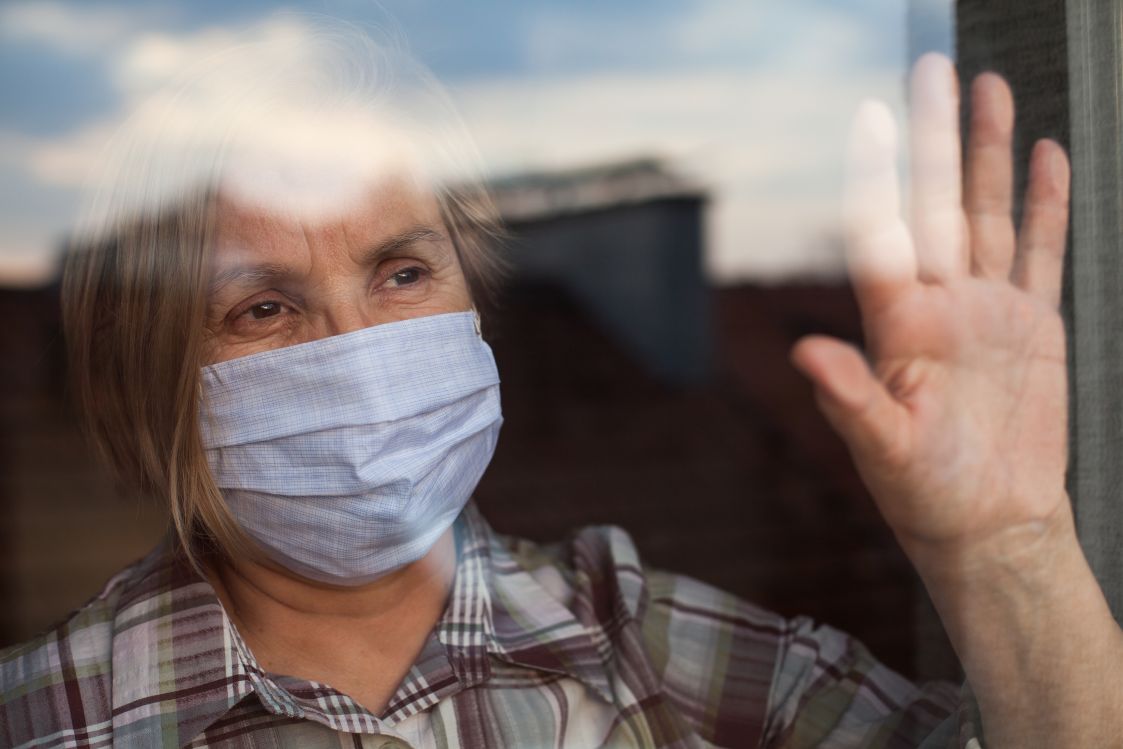Isolating Care Recipients
Isolation may be used in addition to transmission-based and standard precautions where the suspected or confirmed presence of infectious agents represents an increased risk of transmission. As isolation may be stressful and demoralising for the resident, explaining why it is required is essential.
Isolation Checklist
Several questions must be asked to ensure that the critical points of isolation precautions are not missed, whatever the circumstances.
Is a single room available?
What is the route by which the infection spreads?
What is the mix of residents in the facility?
What are the staffing levels?
What general facilities (i.e., hand hygiene facilities) are available?
Is there a real risk to other residents, relatives, or employees?
Is there any other risk to the resident if isolation precautions are instituted?
Which of these risks is greater?
Does there need to be any modification due to the resident's condition or the facilities available?
Measures To Take
Isolation of a resident should only occur after a risk assessment has been undertaken. Isolation will require a combination of measures used in transmission-based precautions depending on the route(s) of transmission of the infectious agent involved and include
Continued implementation of standard precautions
Appropriate use of PPE (including gloves, apron or gowns, surgical masks or high filtration masks, and protective eyewear)
Resident-dedicated equipment
Allocation of single rooms or cohorting of residents
Enhanced cleaning and disinfecting of the resident environment
Diagnosed infectious residents are not to be nursed in the same room with other residents who have invasive devices in situ, with immunosuppressed residents, or with residents who have had recent surgical intervention or are to undergo any invasive surgical procedures.
Single-Room Isolation
Single-room isolation is used when
The resident has an airborne, droplet, or contact communicable disease
Infective material cannot be adequately contained
The resident's hygiene is poor, placing themselves and others at risk
Selected residents with neutropenia
It is at the Doctor's request